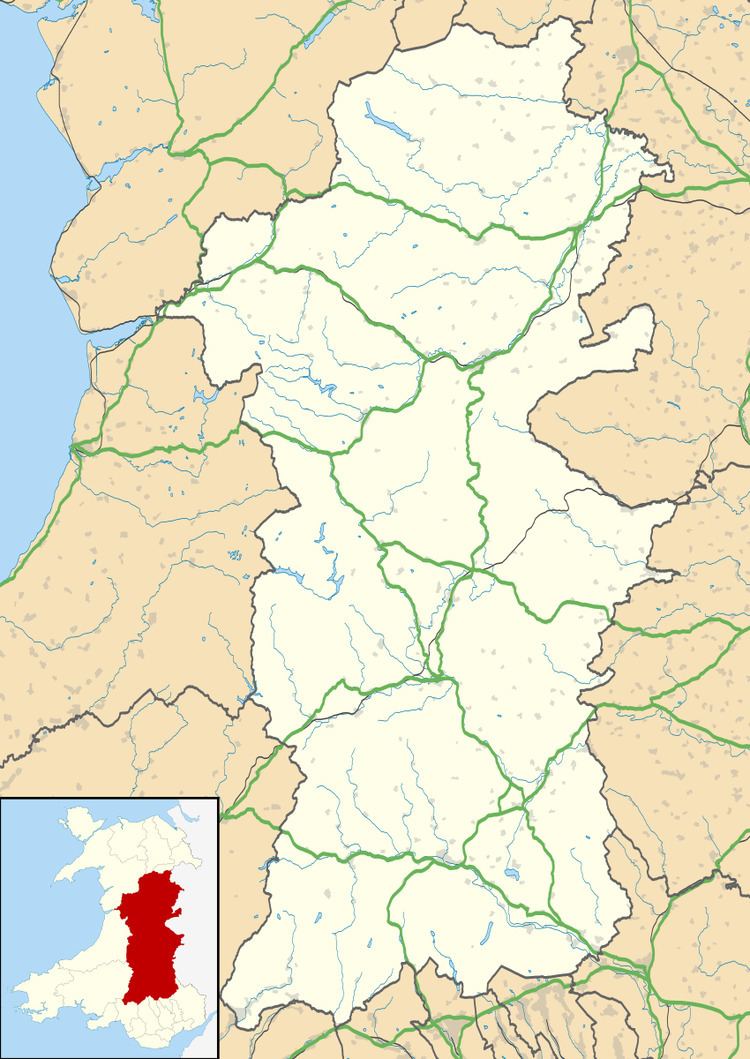OS grid reference SN929291 Country Wales Postcode district LD3 | Sovereign state United Kingdom | |
 | ||
Castle Tump (Trecastle Motte) is an early 11th-century motte and bailey castle at the west end of the village of Trecastle in the county of Powys, Wales.
Contents
History
Trecastle ("the town of the castle") is named after an early 11th-century Norman motte-and-bailey fortification, built by Bernard de Neufmarche, the half-brother of William the Conqueror. It is thought to have fallen to a Welsh attack sometime between 1121 and 1136, and after short abandonment was possibly rebuilt by Walter Clifford in the 1150s, with Edward I of England spending three days in Trecastle quelling a revolt in 1295.
At 6.6m high it is the largest motte and bailey in the National Park. The motte is 50m by 38m, with a flat summit of 24m by 16m, and the bailey (to the south west side of the motte) is 56m by 40m. The original footprint of the bailey platform was 115m long by 45m wide. Originally both motte and bailey were ditched and counterscarped, similar to other 12th and 13th century castles in Wales; however, the absence of stonework indicated the castle did not retain importance beyond this period.
Presently it is the best-preserved motte and bailey in Breconshire, and the oval tree-clad motte dominates the east end of the village.
Village name
The village takes its name from the old Motte and Bailey, whose original name was 'una villa nostra de Lliwel', although to this day Llywel is the name of the neighbouring hamlet, localparish and electoral ward. The local name Trecastle emerged by the end of the Medieval period, meaning "the town of the castle".
